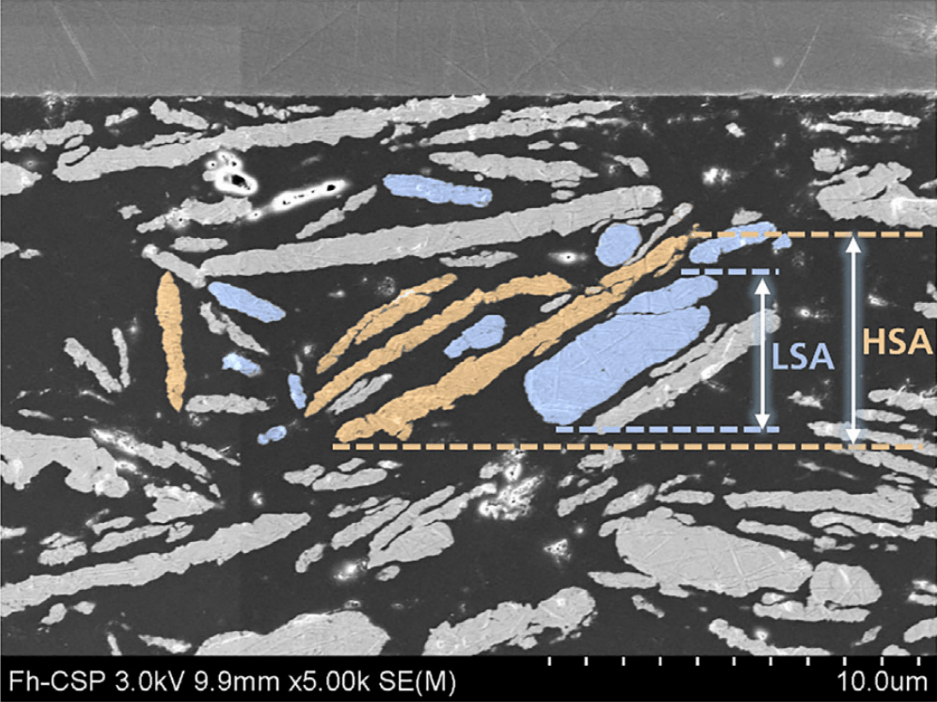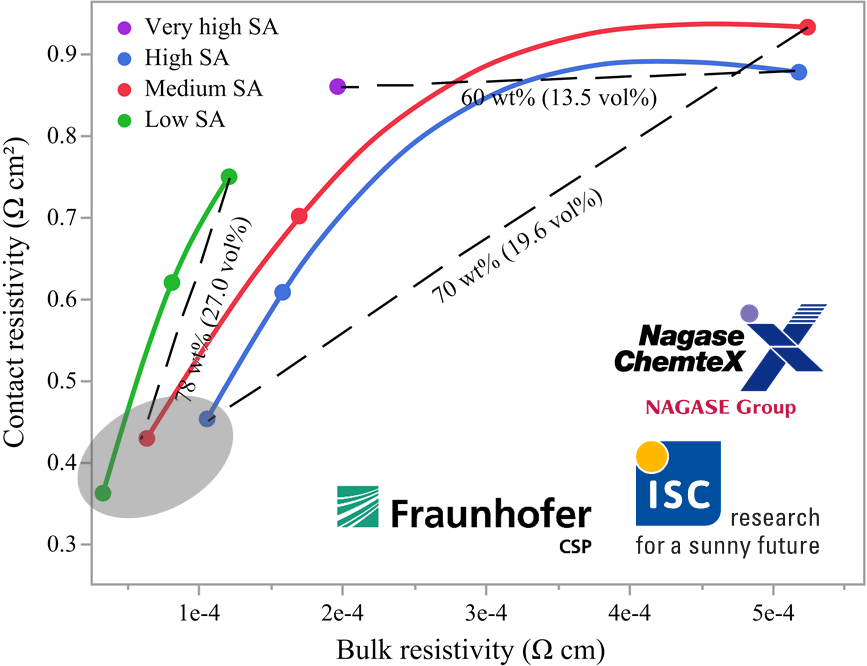Non-profit research institute ISC Konstanz has developed a new method to measure Electrically Conductive Adhesive (ECA) bonds, promising to reduce the cost of solar modules by optimizing contact resistance. This innovation could make ECAs more viable for mass production in the PV industry.

ECAs, which consist of metallic particles in an adhesive polymer matrix, offer advantages for solar module interconnection. However, their higher cost compared to traditional tin-lead solder has been a barrier.
Reducing ECA costs typically involves cutting down on precious metals or the overall amount of ECA used, but these strategies face limits due to the need for low resistivity and strong adhesion.
Measuring the contact resistivity of ECAs has been challenging due to sample variability. ISC Konstanz’s new method, developed by Maria Ignacia Devoto Acevedo during her PhD under Professor Ralph Gottschalg, offers a reliable and reproducible solution.

This method has already produced significant insights through collaboration with Fraunhofer CSP and ECA manufacturer Nagase-Chemtex. Researchers found that the shape and concentration of metal particles affect bulk and contact resistivity differently. Optimizing both can maintain performance while reducing filler content and costs.
Dr. Daniel Tune, Tandems and New Materials group leader at ISC Konstanz highlighted the importance of this breakthrough, stating, “This is a great example of how a new technique to measure the fundamental properties of a material system can reveal commercially important vectors in material R&D that were previously unknown or only known on a qualitative basis.”

The technique was developed with funding from Germany’s Federal Ministry for Economic Affairs and Climate Action within the Hossa Project and the Horizon Europe funded project IBC4EU.
The findings were published in Progress in Photovoltaics and are available Open Access under Project DEAL.
Founded in 2005, ISC Konstanz e.V. is a non-profit research institute focused on solar cells, modules, and renewable energy systems. It collaborates internationally on various PV research projects.


